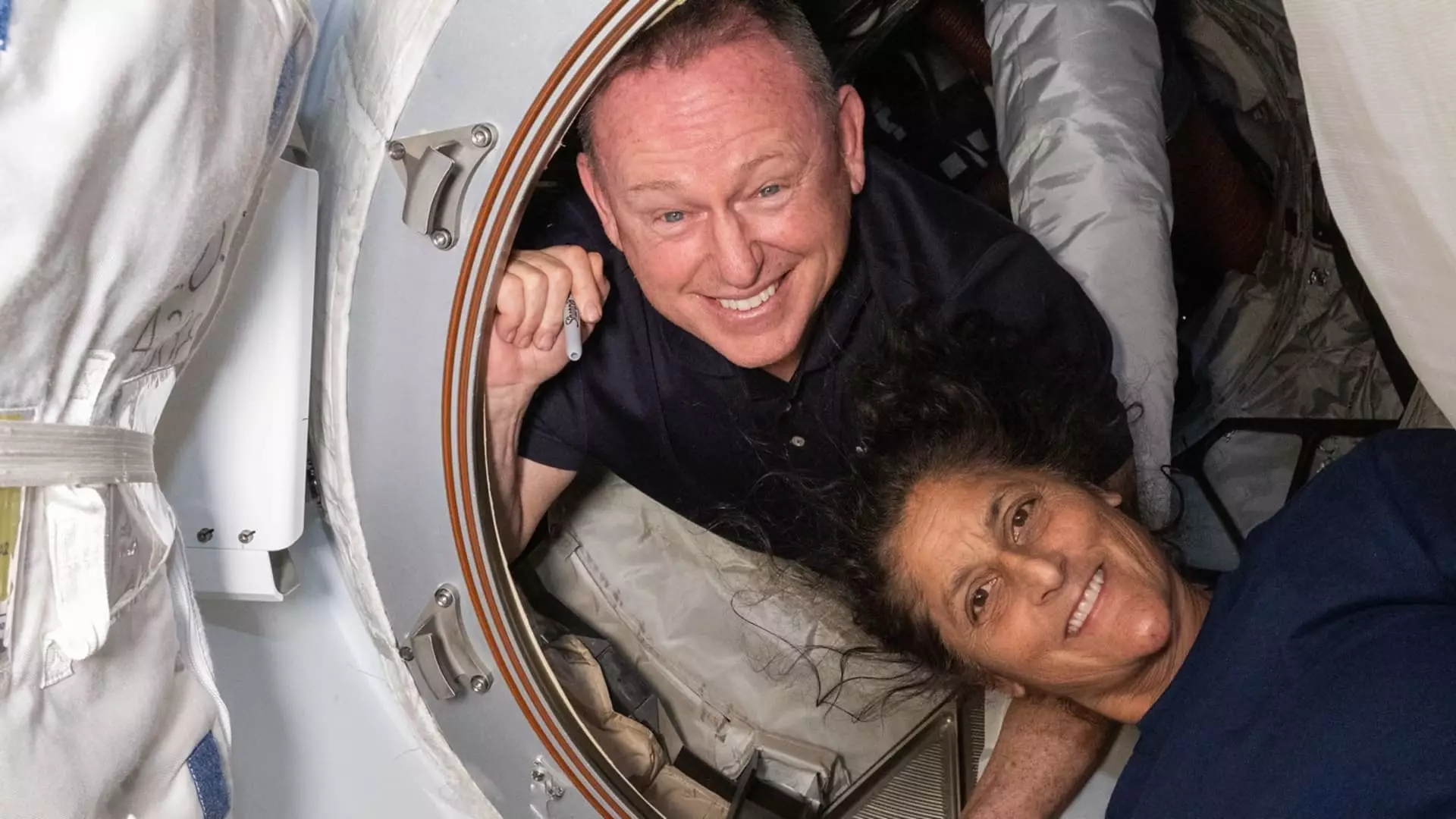Let’s face it: NASA’s handling of the Starliner fiasco raises serious questions about its operational acumen. Originally set to showcase Boeing’s spacecraft capabilities, the mission turned into a protracted saga that extended the stay of astronauts Butch Wilmore and Suni Williams aboard the International Space Station (ISS) by nine long months. This wasn’t merely an overextended vacation in low Earth orbit; it was a testament to the underlying technical and managerial deficiencies that could affect America’s aspirations in space. What could have been a short and triumphant mission turned into a prolonged ordeal due to failed thrusters that rendered transportation unreliable, leaving space enthusiasts and taxpayers alike to wonder: where did it all go wrong?
The Political Dimension: Spaceflight as a Political Game
The Starliner drama didn’t just stay confined to engineering reviews and technical assessments; it wafted into the murky waters of political intrigue. Both former President Donald Trump and Elon Musk vocally criticized NASA’s delays, insinuating that political machinations were at play. Did a sense of urgency emerge solely from their whims, or did it reflect deeper systemic issues at NASA? It’s troubling to imagine that political pressure could dictate the timeline of space missions, prioritizing optics over safety and operational readiness. This fiasco exemplifies how technological advancement can be compromised when politics enters the orbit, creating a dangerous precedent for future missions.
SpaceX to the Rescue: The New Alpha in American Spaceflight
Amidst the turmoil, SpaceX’s rescue mission underscores its growing dominance in the commercial space industry. NASA had to jettison its initial plans and reallocate astronauts Wilmore and Williams to a SpaceX Dragon capsule. While many might celebrate this collaboration as a successful pivot, it unveils a more unsettling narrative: NASA’s dependency on a private entity, especially one helmed by a figure as erratic as Musk. If NASA’s aims of fostering competition between Boeing and SpaceX are to materialize, they must address the glaring deficiencies within Boeing’s Starliner program rather than simply sidelining it for more capable alternatives.
Two Billion Reasons to Rally for Boeing’s Future
Boeing’s struggles with the Starliner are not just a nuisance; they’re a fiscal catastrophe. Over $2 billion lost is not pennies to be disregarded; it raises critical discussions about corporate responsibility, accountability, and appropriations from the taxpayer. How should NASA handle the financial implications of a contractor that fails to deliver? Is there enough transparency when taxpayer resources are squandered by corporate mismanagement? One would think that taxpayers deserve some assurance that their investments in space exploration are yielding tangible results—results that expand human knowledge rather than lining corporate pockets.
The Human Factor: Astronauts at the Center of the Crisis
Even amidst layers of machinery malfunctions and political maneuvering, the human experience remains paramount. Wilmore and Williams conducted experiments and maintenance throughout their unplanned extended stay while Williams even took part in a spacewalk. Yet, their brave endeavor shouldn’t overshadow the underlying systemic issues that put them at risk. Williams publicly affirmed that they didn’t feel “abandoned,” but those words shouldn’t placate concerns about whether they should have even been in that position at all. Their experience encapsulates the often-overlooked human dimensions of space exploration—exploration that should ideally be well-planned and thoroughly executed.
The Future is Uncertain: What Lies Ahead for NASA and Boeing?
As NASA looks to the future, one maelstrom of uncertainty looms large: What does this mean for Boeing’s standing in crewed space missions? While NASA may hope to orbit towards a dual-vendor environment, this debacle raises red flags that point to need for reevaluation of Boeing’s role. If historical performance becomes the metric for future decisions, it may not be long before Boeing finds itself sidelined altogether, ceding more ground to SpaceX in the ever-competitive arena of space exploration.
In an era when humanity stands on the brink of a new space age, the reflections from this incident are critical to ensuring that future missions are not only bold but also safe, reliable, and free from the scourge of inefficiency—because when it comes to space, there is no room for error.

